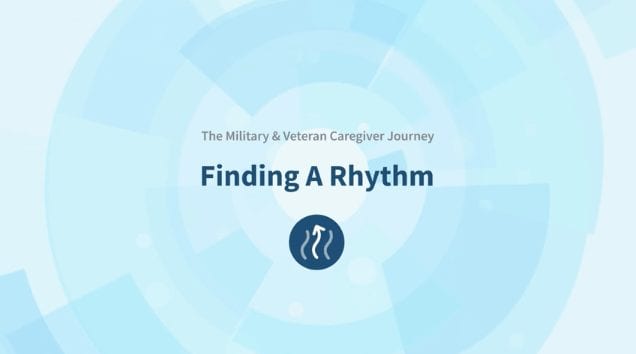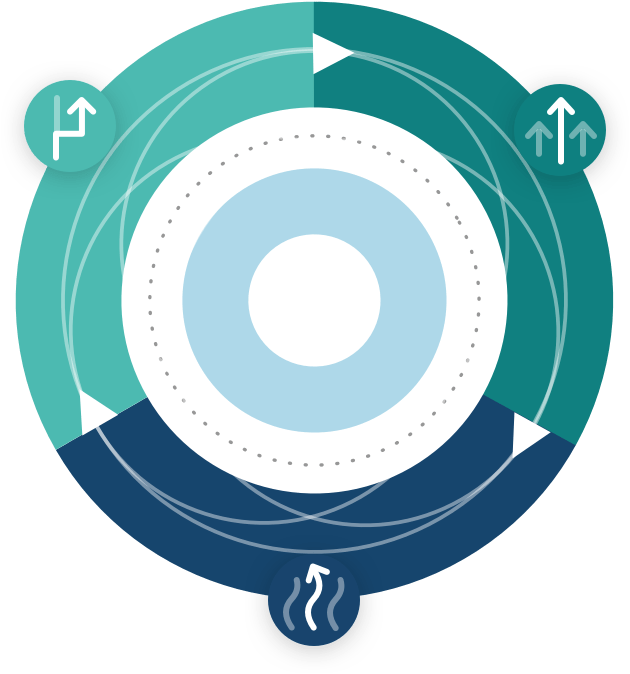Finding a Rhythm
Key Caregiver Experiences

About This Stage
During this phase, caregivers start to establish a new rhythm for their day-to-day lives. The increased sense of stability and predictability helps caregivers and veterans/service members leave “survival mode” for a more sustainable mode of living.
In this stage, caregivers start establish a more permanent routine and develop their own support system. Although they will undoubtedly encounter new challenges and setbacks, they will be better equipped to respond or adapt to those moments.
becoming aware & adjusting
Key Caregiver Needs
Need more support? Visit our Caregiver Resource Directory.
Learn more about the Caregiver Journey Map
